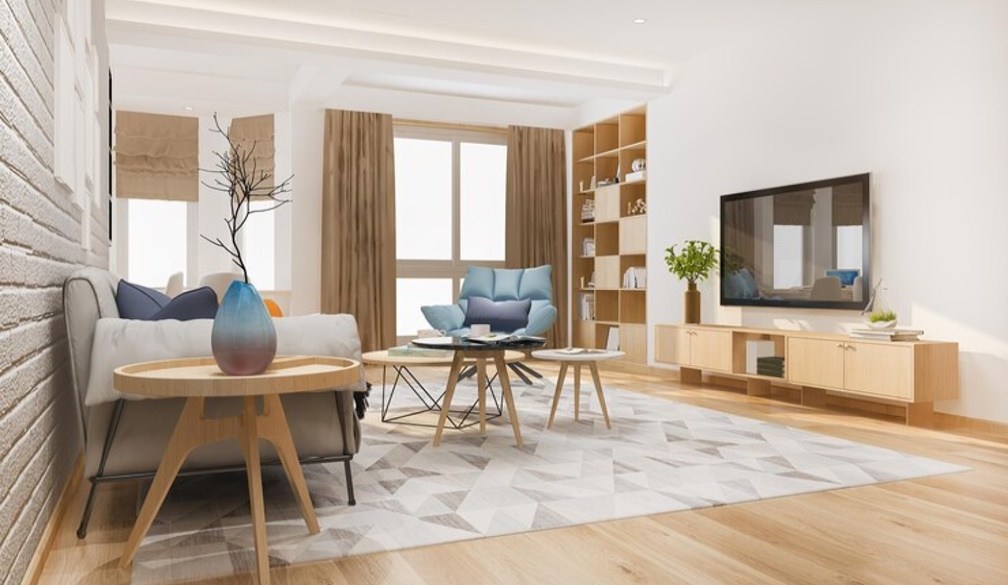Buying Furniture for Your Living Room? Strictly Avoid These Mistakes

When heading back home after a hectic day, we often want to unwind and relax instantly. And our living room furniture allows just that. The right assembly of furniture will ensure that as soon as you open the door, you can put down your bags, take off your shoes, and sit comfortably while catching some breath. This is just one of the occasions where our living space’s furniture plays a vital role in making our life easier.
While many try their best to turn their living spaces into cosy havens, there are times when the ideas we have in our heads don’t translate to reality. However, due to this, the living space looks chaotic, making it challenging to clean and, most importantly, relax in. Look for options from renowned brands such as Joinery By Bears, plan in advance, and make sure you’re being selective and not overly adorning your home with furniture pieces.
If you’re buying furniture pieces for your living room, make sure to avoid these mistakes:
Not Taking Measurements
Taking the scale of the piece’s measurements into account will help ensure that when the furniture finally arrives, it doesn’t consume your living space. This is particularly important if your living space is smaller, which will instantly become congested when furniture pieces are placed without adequate planning. To avoid this nightmare, measure the dimensions of your living space and the furniture pieces you plan to invest in.
Make sure they are in the same SI units for appropriate visualisation. Once you have the dimensions, use tape to outline the furniture pieces in the places where you want to put them. This will give you a clear idea of how much space will be left once the furniture is placed and how freely you can move around without bumping into anything.
Not Considering How Often You Switch Pieces
Whether you have a transferrable job or like to spice things up every once in a while, having versatile furniture pieces is always a benefit. With this, if you are changing your home decor theme or are moving into a new living space, you will not be ridden with the concerns of what happens to your furniture.
Not Factoring in Lifestyle
Your lifestyle plays a vital role in selecting your home’s furniture. For instance, if you have a busy schedule, opting for easy-to-maintain furniture will dedicate your weekends to relaxing rather than cleaning. Such decisions ensure adequate work-life balance.
Similarly, if you often work from home, you would want your home to be a sanctuary where focus and productivity flow seamlessly. It will be challenging, but starting slow and understanding how every piece aligns with your lifestyle will make it easier to determine what’s working for you.
Opting for Cheap Options
While adhering to a strict budget is good, it should not drive you into making cheap purchases. Cheap furniture pieces are made with low-quality materials, have passable workmanship, and may not withstand the wear and tear that comes with everyday use.
As a result, their polish may start fading, the material may start cracking, and they may become wobbly. So, even if your budget is limited, consider investing in fewer but higher-quality products.
Depending Too Much on Social Media for Inspiration
Social media is full of ideas, and you will be tempted to check what others are doing and what your living space is missing out on. The thing about such an approach is that you will never feel satisfied with what you have and will always want something more. Such feelings will make it nearly impossible to cherish what you have built.
So, when you are shopping for furniture pieces for your living space, limit exposure to ideas and instead analyse how a piece fits your needs and ways you can personalise it. Our homes are a reflection of who we are, and by sticking to borrowing ideas for everything, you may end up losing your own uniqueness.
Bottomline
Furniture pieces are an integral part of our living space. To make sure your living space reflects your choices and personality, consider spending time to understand what you want, how frequently you want to change the look and feel, and if there’s a budget you’re working with. Avoid impulsively buying furniture pieces merely because they are on sale; instead, recognise the needs each piece fulfils and if you need them in your life right now.



